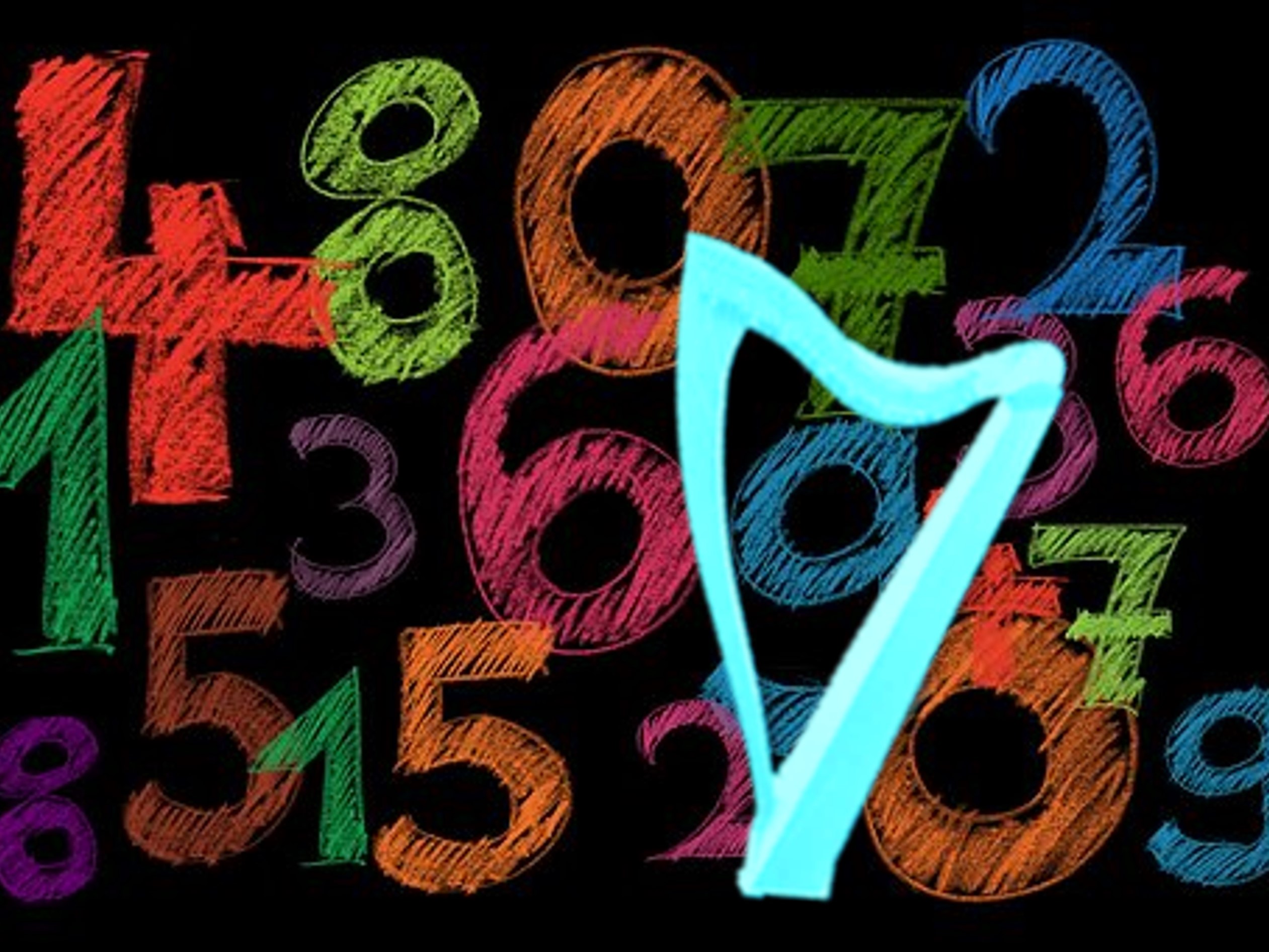It’s World Tourism Day! Of course, it’s difficult to celebrate since there are still travel bans and restrictions in place all over the world. But all that will pass soon enough. Not soon enough for me, but in the grand scheme of things, soon enough.
 Travel is exciting and fun. It tops the bucket lists of many, many people. And very fortunate people have the opportunity to travel frequently.
Travel is exciting and fun. It tops the bucket lists of many, many people. And very fortunate people have the opportunity to travel frequently.
Travel with your harp is thrilling and exciting (and occasionally heart-stopping) but so worth it. Having a harp with you can be a solace (especially in long waits, jet-lagged nights or trying times of travel). It can also be a real bridge builder. If gives strangers an opening to interact. It gives you a way to chat when you don’t even speak the language! I’ve met some really delightful people because I was playing my harp.
And you get plenty of exercise! You never realize how heavy your harp really is, or how large an airport is, until you’ve carried it through one!
While the pandemic continues, tourism continues to be significantly impacted. To put this into perspective, according to the United Nations, 10% of the world’s population work in tourism and have been sidelined by the loss of travels. That’s nearly 800 million people all waiting for things to get back to normal.
You might (or might not) know that I started this blog in 2009 to promote the Harp the Highlands and Islands trips. I was (and still am) so excited by the chance to travel with harp friends to a place I love to visit.
I conceived of the whole shebang at the Ohio Scottish Arts School the summer before. I dreamed of playing the tunes we learned in the places they were inspired by. What could be cooler, I reasoned, than sitting at the Soldier’s Leap on the River Garry and playing Killiecrankie? Or to be on the Isle of Skye playing Morag of Dunvegan, or Mrs. McLeod of Raasay, or MacDonnald, Lord of the Isles, or any of the other gazillions of tunes from Skye!? Or to sit just about anywhere and play a tune tied to that place?
But it was a later, chance conversation with my Partner-in-Crime David (who had begun working as a tour guide) that added the secret sauce to make it all happen. I mentioned that thought and he made it a reality! And so, the trip was born. He plans and leads delicious and delightful travel experiences and I put together tunes referencing places, people, history, and emotion that stitch it all together. We share the tunes and everyone has a blast!
What could be better than travel to a place that calls to you, with people you enjoy, to share music and laughter and fun? If you said, “Pretty much nothing could be better!” you are right! And if you didn’t say that, you should probably come along with us – then you’d see what I mean!
We were bummed when we had to postpone the 2020 trip. And we were dismayed when we, understandably, had to postpone again to 2022. We’re hoping against hope that we’ll be good to go next summer. Because…Scotland! (voted the most beautiful country in the world) Because…harp! (the original traditional instrument of Scotland) Because…music! (do I really to have to say anything pithy here? I didn’t think so.)
Until we can travel as we once did, we’ll have to content ourselves with celebrating World Tourism Day with the rest of the world from our own homes. We’ll eagerly await our trips. Until then, you can still go places. Local travel and tourism will scratch the itch for a while. Bring your harp along to add a delight element to your trip.
If you’d like to come on a trip with us – let me know. Want more info? It’s here on the website. Best bit, you don’t have to carry your harp, it’ll be there for you!
How are you going to celebrate World Tourism Day? Where are you going to take your harp next? If you haven’t traveled with your harp before – by car, by bus, by subway, by train, by plane – and wonder if it’s as difficult as it looks, ask your questions! I’d love to hear what you’d like to know.


